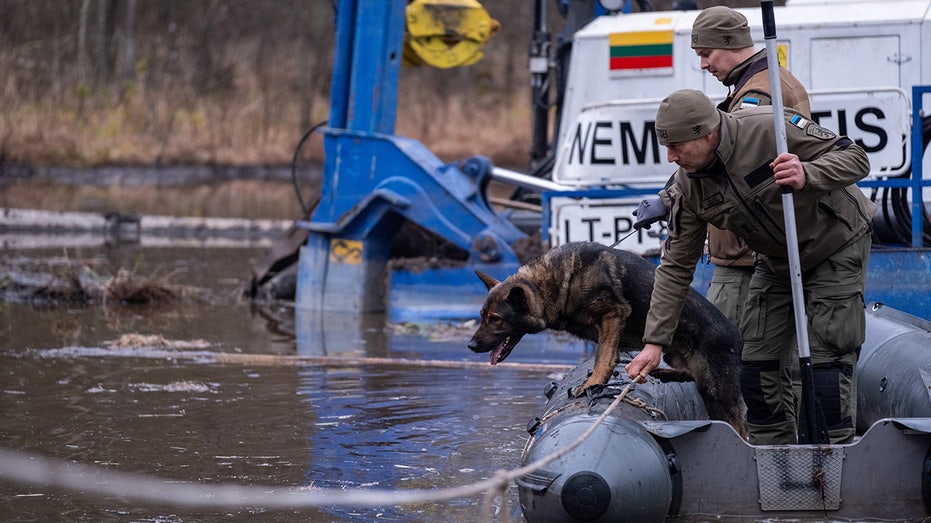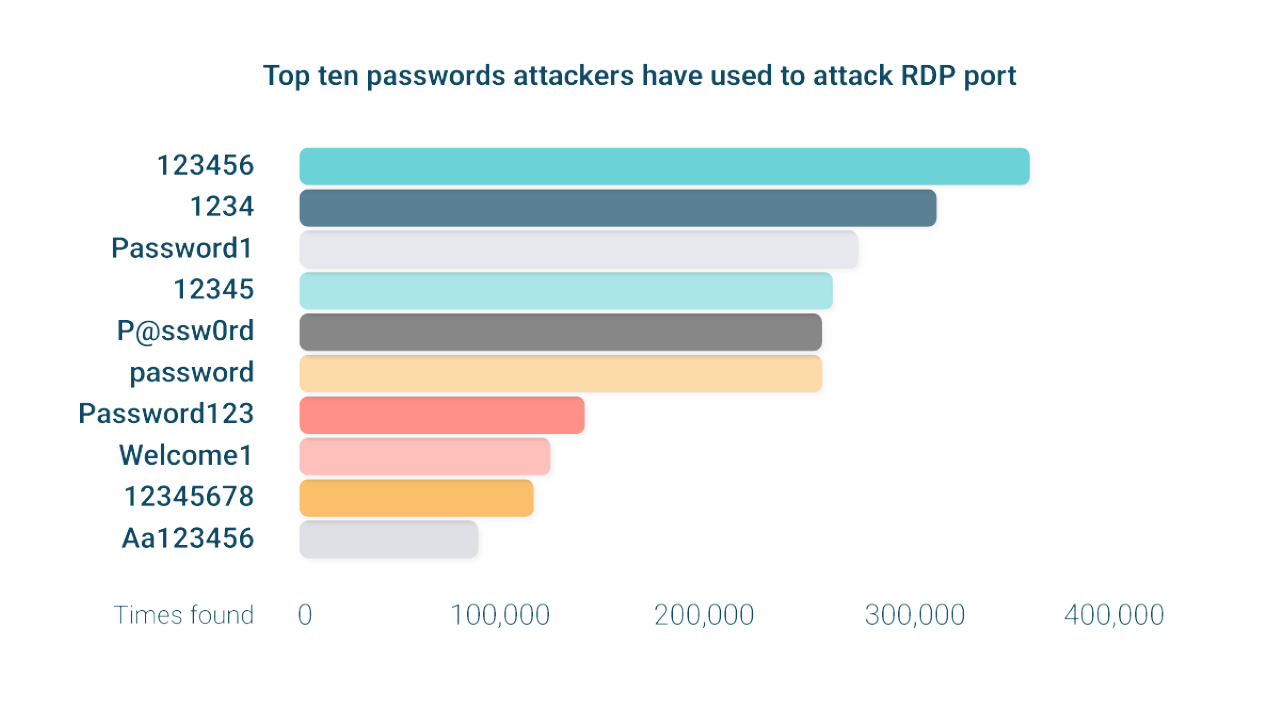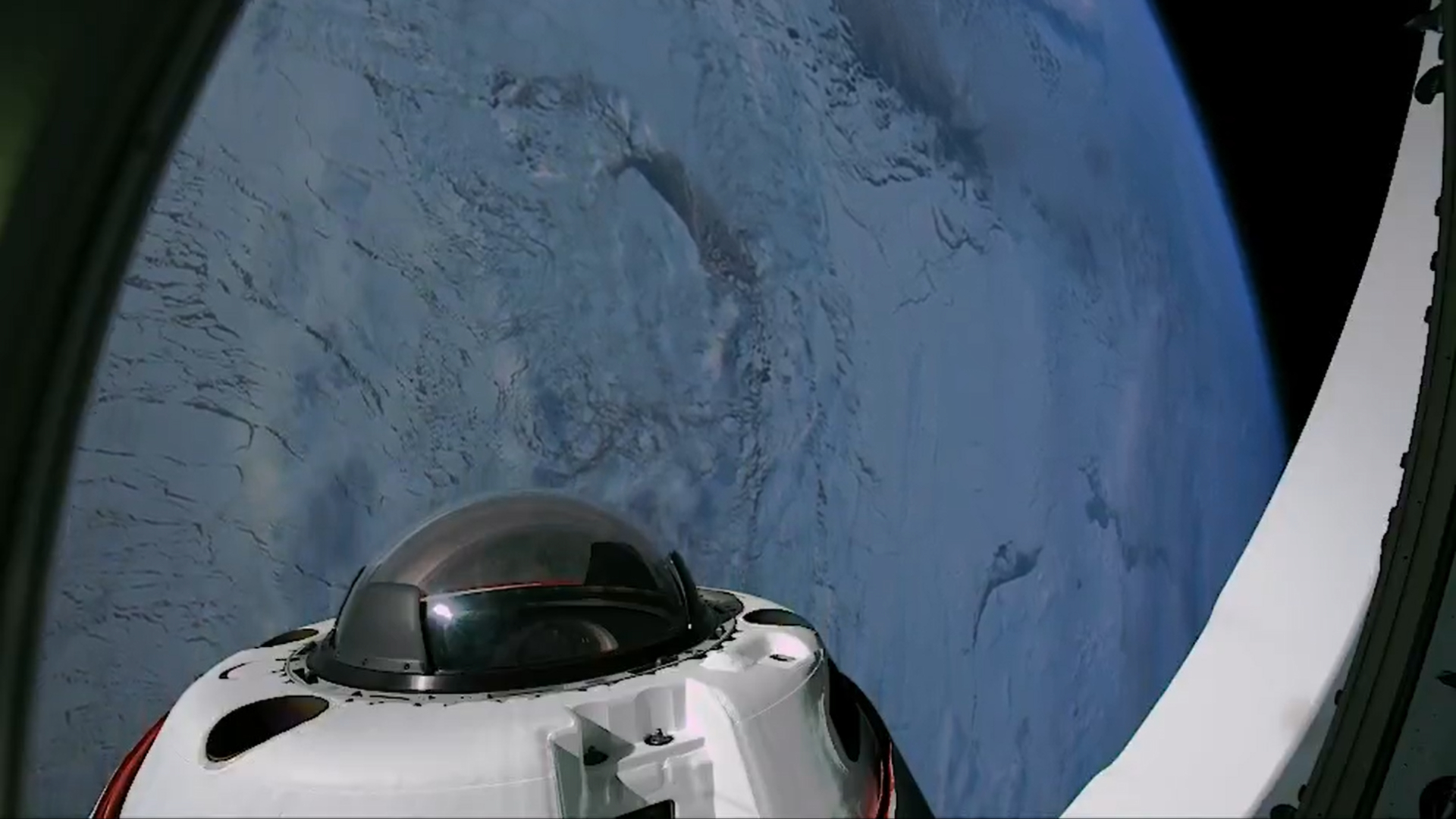Why American Soldiers Are in Lithuania
The likely accidental deaths of four Americans in the Baltic state will not by themselves stop plans for redeployment. And they shouldn’t.

On Tuesday, four U.S. soldiers on a training exercise in Lithuania lost communication with their unit. They have not been seen since. In Vilnius, where I am now, news of their disappearance—and reports that they have died—spread at a remarkably unhurried pace, given how easily a headline like “Four U.S. Soldiers Missing on the Belarusian Border” could raise the curtain on a world war. Yesterday, NATO Secretary-General Mark Rutte said the Americans were dead, but backtracked and now says they are missing. The Lithuanian defense minister, Dovilė Šakalienė, announced that the soldiers’ vehicle had been found in a remote location and that “specialized machinery” would be needed to reach it. A note of grief suggested that the soldiers are unlikely to be alive.
The U.S. Army says the soldiers were in an M88 Hercules armored recovery vehicle, which weighs about 20 times as much as a Tesla Cybertruck and is designed to pick up and drag tanks. A Lithuanian who has trained in the marshy area where the exercise was conducted told me that it is easy to get a heavy vehicle stuck there, or even to get stuck on foot. Once a vehicle starts sinking into the mud, it can keep sinking until submerged. He said that under those conditions, even if you can exit the vehicle, it is “nearly impossible” to get out of the area. A soldier laden with heavy gear could be literally bogged down and sucked into the mud.
So far no one has suggested that the deaths are the result of enemy action—that is to say, Belarusian or Russian action—except in the sense that Americans are in Lithuania in the first place to deter a Russian attack. (Belarus is by now Russia’s wholly owned subsidiary.) Even an accidental death of a soldier abroad raises questions about the purpose and value of his deployment. Roughly 1,000 Americans are now based in Lithuania near the border at Pabradė, in rotations that began in 2019 and got more serious after the Russian invasion of Ukraine in 2022. A new rotation just arrived. Germany, which committed just last week to investing 1 trillion euros in its military over the next several years, also has soldiers in Lithuania, and is expected to increase their numbers to more than 5,000. In the Old Town of Vilnius, I met German soldiers in uniform, sipping cappuccinos at a tourist café, and this morning a Luftwaffe Bombardier business jet was parking at the Vilnius airport.
Earlier this week, the Lithuanian foreign minister visited Washington, D.C., to express her country’s eagerness for more Americans. Already a large number of nonmilitary NATO personnel have arrived in all three Baltic capitals and turned them into battlegrounds of espionage and diplomacy, resembling Berlin or Vienna during the Cold War. The Trump administration sometimes suggests that it is tired of basing troops in countries too cheap or feeble to provide for their own defense, as Germany was for several decades. By spending heavily and preparing its citizenry for possible war, Lithuania offers itself as an alternative. “We’re courting the Germans, but we’re looking at the Americans on the side,” a Lithuanian defense analyst told me. “The message is that if you decide to take soldiers out of Germany, don’t send them back to the United States. Bring them to Lithuania.”
[David Frum: At least now we know the truth]
The likely accidental deaths of these four soldiers will not by themselves stop plans or requests for redeployment. And they shouldn’t: The Baltic states are a rare case where both Trump logic and Biden logic dictate that the United States should boost its support, because the Baltics are morally and materially contributing to American power. Politicians in these countries have quietly expressed revulsion at President Donald Trump’s apparent friendliness with Vladimir Putin and willingness to make sweetheart deals at the expense of Ukraine. But Trump has not yet suggested that he thinks the Baltics suffer from the same alleged flaws as Ukraine (corruption, ingratitude), or that Russia has some sort of natural proprietary role over them. In the same Oval Office meeting where he and Vice President J. D. Vance upbraided Volodymyr Zelensky, Trump asserted that he is “committed” to the Baltics.
But the Armageddon-level stakes of unrest in the region should make anyone uneasy about mishaps. There is little incentive for Russia to kill or snatch U.S. soldiers: A Russian or Belarusian attack on NATO in Lithuania would certainly mean reprisals or worse against Russia, and the escalation would proceed in predictable fashion, until a bad end for Russia at best, and for humanity at worst. The worry, however, is that when you have U.S. soldiers rolling around in armored vehicles on one side of a border, and enemy soldiers doing the same on the other side, even the most innocent errors are freighted with potential geostrategic significance. Ordinary tragedies run small risks of turning into bigger ones, and in unusual situations like this—in which soldiers are mysteriously unaccounted for, days after their disappearance—conspiracies flourish.
Yesterday, a reporter asked Trump whether he had been briefed on the soldiers’ disappearance. He said he had not. So far in Europe, he has managed to strong-arm Germany and others into meeting defense-spending targets that they had ignored after less effectual browbeating by previous U.S. administrations. That was a success. A liability of this brash style—saying to other countries, including friendly ones, You’re on your own, suckers—is that when he has to tell his own people that American soldiers are dead in a faraway land, even his most reasonable explanations are bound to sound phony, and his commitment to the mission questionable. This mission is worthwhile, and it will be interesting to hear him explain, if the soldiers are indeed dead, why they have not died in vain.










































![United’s CEO Led The Industry In Eliminating Change Fees — Then Quietly Raised One [Roundup]](https://viewfromthewing.com/wp-content/uploads/2025/02/20250218_134423.jpg?#)

































